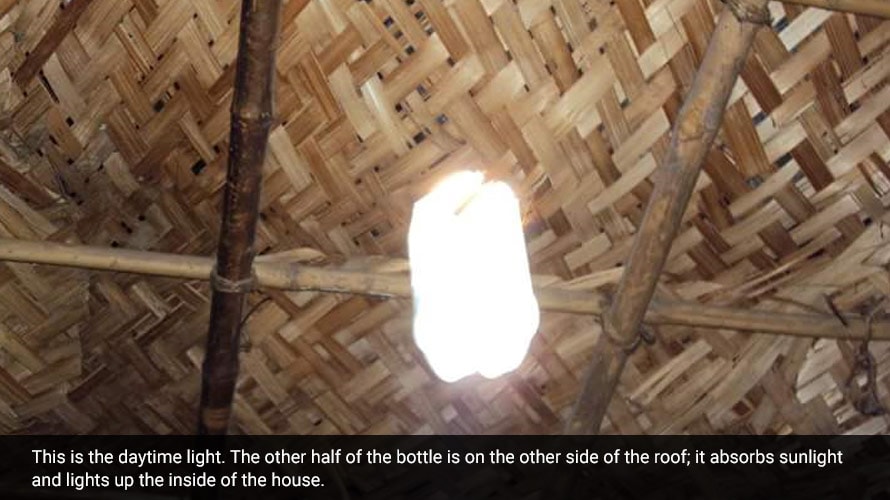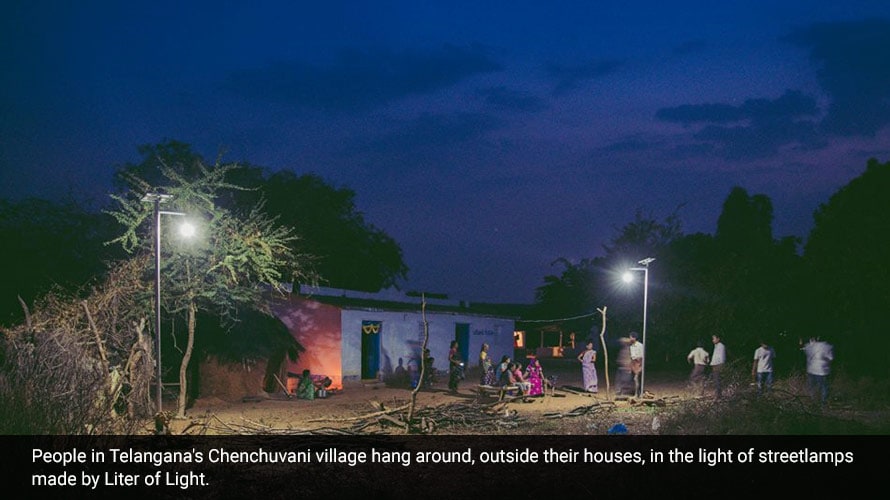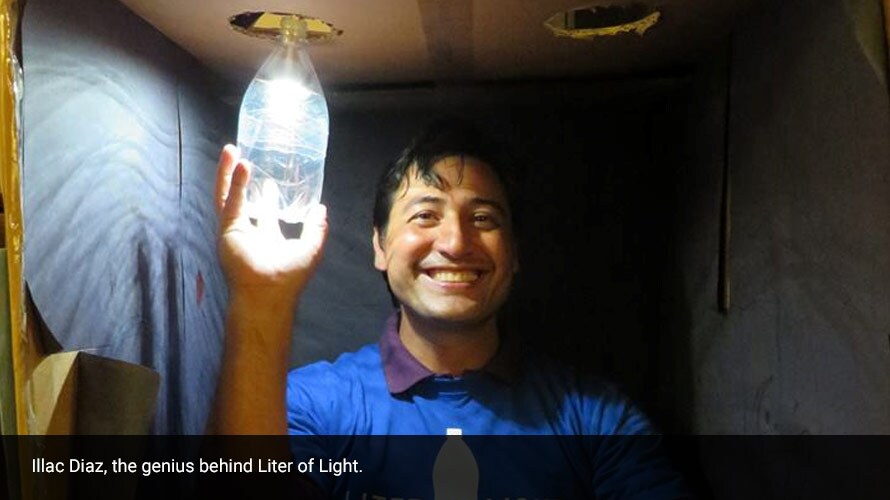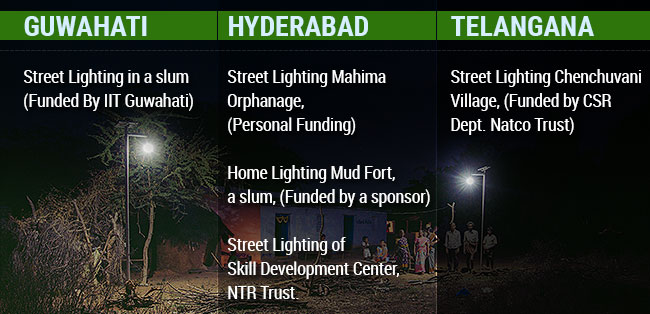Innovators’ Diary: Of Lighting Up Houses without Electricity
Can a plastic bottle end the electricity woes of about 40 crore Indians? That is the number of people in India who lack access to dependable electricity, and a social enterprise – Liter of Light, believes that their plastic bottle innovation can make a dent and lighten up lives of those without electricity in a less polluting way.
“I would like to ensure that there are no problems in meals being cooked, or a family having dinner together or a child not being able to study because there isn’t light in their house”, says Chaitanya Reddy, the technology, strategy and funding head at the Indian branch of Liter of Light. He did his Masters in Mechanical Engineering from Cornell University and returned to India with the hope of making a difference to the society.
Let There be Light
Liter of Light is Illac Diaz’s brain child. A 43-year old social entrepreneur based out of Philippines, Diaz believes in empowering communities by using sustainable technologies.
“By keeping the technology open-sourced, we have seen so many people innovate upon it and create something better from it,” says Diaz.
“The genius of the poor is such an amazing thing. You think you’re the inventor – you’re not. You put in a little bit. You teach them how it’s done. When you come back, it’s totally reinvented,” Diaz said in an interview to Zachary Shahan, director of CleanTechnica.com.
The enterprise’s work, which has spread in about 15 countries, has earned the Zayed Future Energy Prize, which is said to be the Nobel Prize for the clean energy.
The Indian Scenario
Liter of Light opposes conventional options, including the traditional sources of energy like coal and natural gas used to produce electricity. It strongly believes in using renewable sources of energy like solar, wind, and biogas.
About 43.2% of rural households in India depend on kerosene for lighting the house after dark. The symptoms caused by pollution emitted by burning kerosene range from drowsiness, headaches to convulsions and deaths.
More than 70℅ of India’s electricity comes from conventional sources of energy which cause pollution and harm the environment. By focussing on renewable sources of energy, Liter of Light emphasizes the need to increase the manufacture of electricity from these environment friendly sources.
The alternative to no electricity range from fume emitting noisy gensets that guzzle up diesel to inverters with their dependence on batteries that could be a possible source of radiation.
Solar Energy Reinvented
The Liter of Light’s innovation primarily involves an open source bottle light, made of a plastic bottle, water and chlorine. This bottle, fits into the roof of houses, redirects sunlight inside walls. It acts like a window with the ability to disperse light from all sides. At full capacity, it equals a 55 Watts incandescent bulb.
They have also come up with a night light that doesn’t need electricity to run. Comprising a LED, a solar panel and a battery, this contraption absorbs sunlight during the day and emits light after sundown.
“Our most recent idea and perhaps, the most potential in rural India is that of the streetlight that doesn’t need energy to run”, says Reddy. The solar panel charges the battery which powers the LED at night. It runs for around 12 hours and monetarily speaking, fares well in comparison to products of the same segment available in the market.
Technologies depending on solar energy can exist for up to 20 years if managed properly. However, in the current circumstances, renewable sources of energy are more capital intensive than conventional sources. This is the main reason why too many people are not investing in it.
However, for conventional sources to reach far off locations, the infrastructure needed is also quite expensive. “In our case, a decentralised renewable energy system massively cuts the infrastructure cost”, says Reddy. The use of solar energy doesn’t particularly need the work to be centred at a particular location or a grid line or a substation. In addition to cost-cutting it also leaves a negligible carbon footprint. It also makes the production of electricity for far flung areas environmental friendly without causing pollution or releasing greenhouses gases.
Liter of Light in India
Since 2011, Liter of Light has seen multiple installations in the following states across the country.
“We are currently targeting about 100 lighting projects by 2016”, says Reddy, adding that he is determined to ensure that the rural households have access to light.
Problems Faced
“One of the major problems we face is funding. People who need these services cannot afford them, and the service providers can cut the costs only to a certain extent. On the other hand, people who can afford it don’t exactly have an indispensable need for it. We’re currently working on a solution to fix the funding issues”, says Reddy.
Establishing Liter of Light as a social enterprise that wants to make a difference hasn’t been easy either. “NGOs are perceived as an unproductive institution run by people looking for tax benefits or who spend money on themselves donated by others,” Reddy says.
However, he doesn’t let the odds get in the way of his intentions to light up lives. “I intend to continue on this path that I’ve chosen for myself because I see the impact we’re making in the lives of people on a daily basis,” the 26-year-old says. “It’s inspiring and encouraging,” he adds.












Kindly send technical details and cost of per household and also per street light.
It is very usefull device for rural poorer. Kindly send technical details and cost of per household and also per street light.
This is a wonderful idea to lighten the lives of millions who live is darkness. What we can do in this direction to help the needy in our areas, please suggest.
I would like to know more that the cost factor of its implementation and maintenance per household and for street